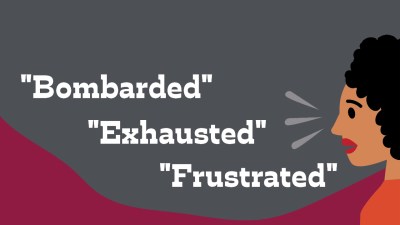The biggest challenge in preparing for the future is imagining what it will be like. One of the most important roles of futures studies is to help people write stories of the future that, like all good fiction, tell the truth about something that hasn’t actually happened yet. These stories are called scenarios: imagined futures based on the intersection of new and existing trends and potentially disruptive events.
An effective scenario should be internally consistent; be engaging and compelling; explore uncertainties and differences; and be provocative, pushing people a little past their comfort level and igniting their imaginations. Scenarios should not try to eliminate uncertainty, reinforce a preferred outcome, or make people comfortable with things as they are. A really good scenario blows apart the boundaries of peoples’ thinking and opens their minds to new ways of seeing the world.
Here are two great examples that create scenarios in different media. The Institute for Alternate Futures’ Vulnerability Scenarios, created for the Robert Wood Johnson Foundation, are straightforward written descriptions of potential futures. For each of ten areas of focus (education, economy, housing, etc.) they present a description of the current situation and trends and then present three stories of the future: an alpha forecast (the most likely future), beta (a dark future based on worst-case projections) and delta (a preferred future). I think forecast #3 on education is of particular interest for museumers.
Scenarios can be dramatic and immersive as well. KnowledgeWorks Foundation has teamed up with Grantmakers for Education to produce a more playful way of envisioning the future of learning in 2025. They’ve created videos depicting a “future learning agent” interacting with distant students via the web to organize their “learning journey” assignments, and audio interviews with future teen learners.
Skip over related stories to continue reading articleCFM encourages this kind of storytelling in many ways, including our Voices of the Future videos. If you would like to tell your story of the future of museums, either as narrative (via the CFM Blog) or video, contact CFM Coordinator Guzel duChateau and let us put you on the schedule!









Comments